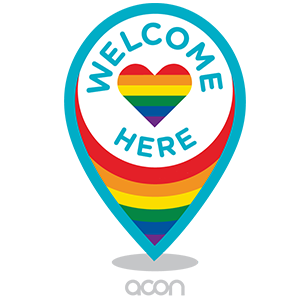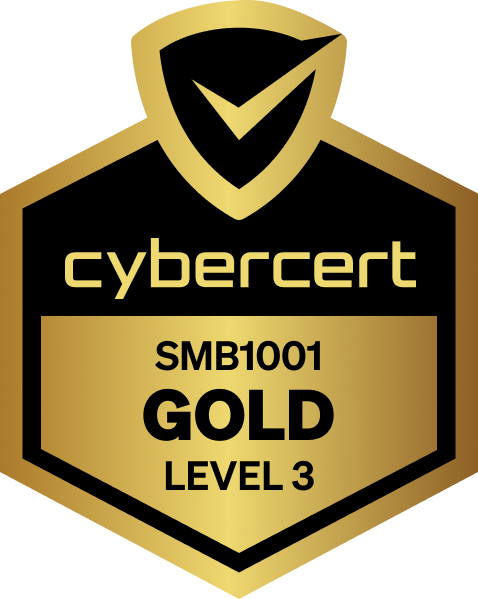
Cybersecurity breaches are everywhere these days – one company loses data here, another gets hacked there. And if you think it’s just the big guys getting hit, think again. Small-to-medium businesses (yep, SMBs like yours) are prime cybercrime targets.
Why? They’re often seen as low-hanging fruit by hackers – less security, quicker wins.
But don’t panic! That’s where a cybersecurity framework swoops in to save the day. What is it? Why does your business need it?
What is a cybersecurity framework?
Having a cybersecurity framework is like having a recipe for baking a cake. But instead of sugar and flour, you’ve got best practices, processes, and a plan to tackle nasty things like phishing, ransomware, and data breaches.
Luckily, there are frameworks like ASD’s Essential 8, ISO 27001, SMB1001, NIST, and Right Fit for Risk that make it way easier. They’re like your cheat sheets for managing risks, protecting sensitive information, and bouncing back after a cyber mess.
Why use a cybersecurity framework?
You might be thinking, “Do I really need to follow one of these frameworks?” The short answer? Absolutely. Because adopting a cybersecurity framework is like putting your business in a digital suit of armour:
1. Better risk management
Cyber threats are constantly changing, and attackers are always finding new tactics. Frameworks like SMB1001 help organisations categorise and tackle risks more effectively, keeping your defences current, and protecting against modern threats like ransomware and phishing scams.
With a cyberattack costing a small business, on average, almost $50,000 in 2023/24, keeping things running smoothly quickly becomes non-negotiable.
2. Proving you’re getting better
Many frameworks have tiered certifications, so you can prove to stakeholders that your cybersecurity practices are always improving. This builds trust with customers and partners because they know their data’s safe with you, giving them the confidence to pick you when it’s time to seal those deals!
3. Stronger supply chain credibility
Big companies and governments are asking suppliers to meet minimum cybersecurity standards more often. Recent changes to Australian Privacy Laws mean businesses have tougher rules for handling personal data to avoid big fines or legal battles:
A closer look at popular cybersecurity frameworks
Here’s a quick snapshot of some key cybersecurity frameworks and how they differ:
Why SMB1001 is a game-changer for Australian SMBs
In our experience, the SMB1001 framework is a great place to start for a number of reasons. Most cybersecurity standards are built for government agencies or big companies, leaving small and medium businesses behind. That’s where the SMB1001 framework comes in. It’s designed specifically for SMBs, making it:
The SMB1001 Gold (Level 3) certification is a solid foundation for cyber resilience. But if you’re prioritising long-term trust with clients and vendors, consider the SMB1001 Diamond (Level 5), which adds third-party assurance without the high costs of ISO standards.
Take your first steps toward cyber resilience
Ready to protect your business and sleep better at night? Don’t navigate the unpredictable world of cybersecurity alone – leave that to us!
With solutions tailored to your unique needs, cybersecurity becomes less of a headache and more of a safety net. Together, we can make your business cyber resilient.
Like a digital bodyguard – minus the sunglasses and earpiece, of course.

